Asus has been releasing niche phones for a few years now. Out of those, the Selfie series from Zenfone has been doing well and is popular. There is a market need for a phone that does good selfies. Zenfone 4 Selfie is the Selfie variant in the Zenfone series from Asus.
Since this phone is made for selfies, let us start with that. There’s a Zenfone 4 Selfie, priced at Rs. 10,000. Zenfone 4 Selfie Dual though, as the name suggests has dual front-facing cameras. One camera is 20MP f/2.0 and the other is 20MP f/2.4. Also, there is a flash with the two front-facing cameras.
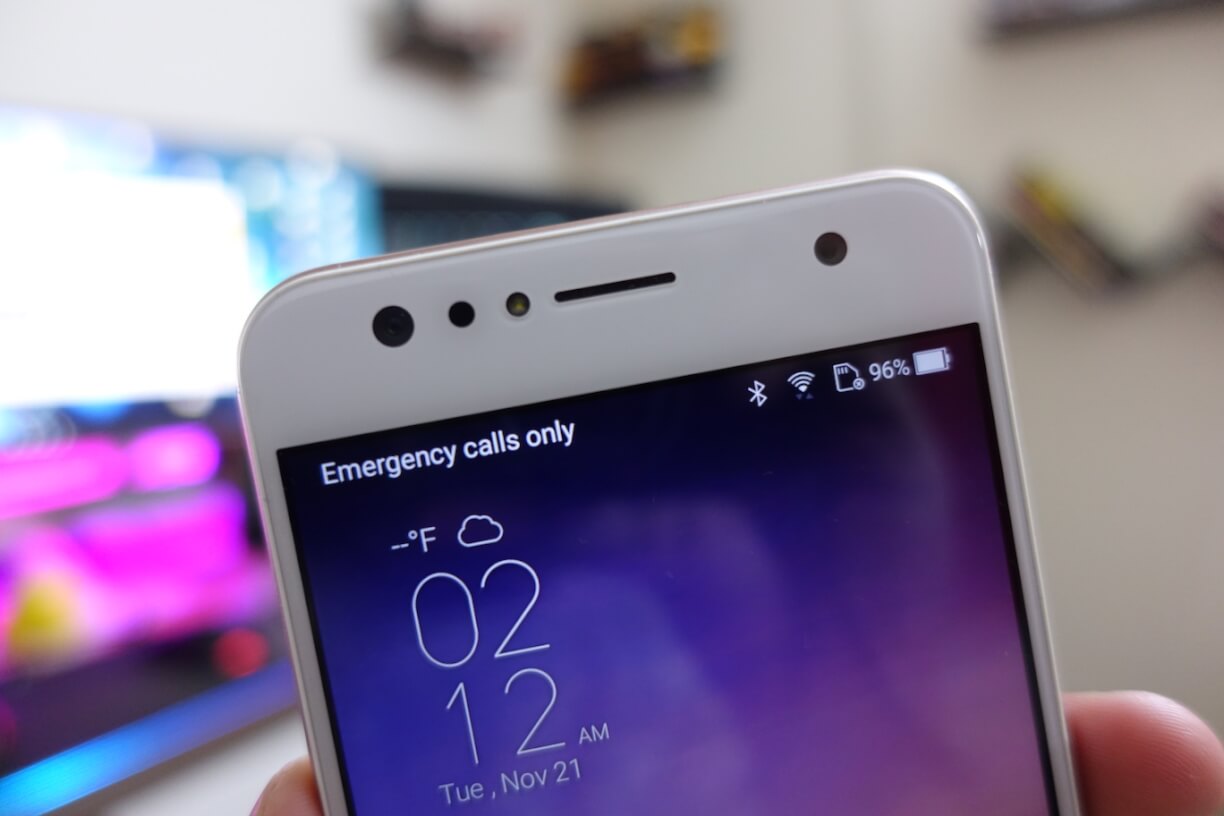
The front facing camera has a couple of tricks up it’s sleeve. First is the Bokeh effect which is a standard feature included in all dual camera phones now. Other is wide angle shots. The second camera has a 120-degree wide angle lens which makes a lot of sense for the front-facing camera. This expands the field of view for the phone to capture. This is helpful if you have to take a large group shot or there’s a subject behind you that you want to take a selfie with. With a wide-angle lens, you wouldn’t need a selfie stick. Just enable the wide-angle mode and Bam! You’re done.
Here’s an example of the front facing camera: The first one was shot with the 20MP camera and the second one with 8MP wide-angle camera. The wide angle camera is definitely not as good as the other camera, but it gets the job done.
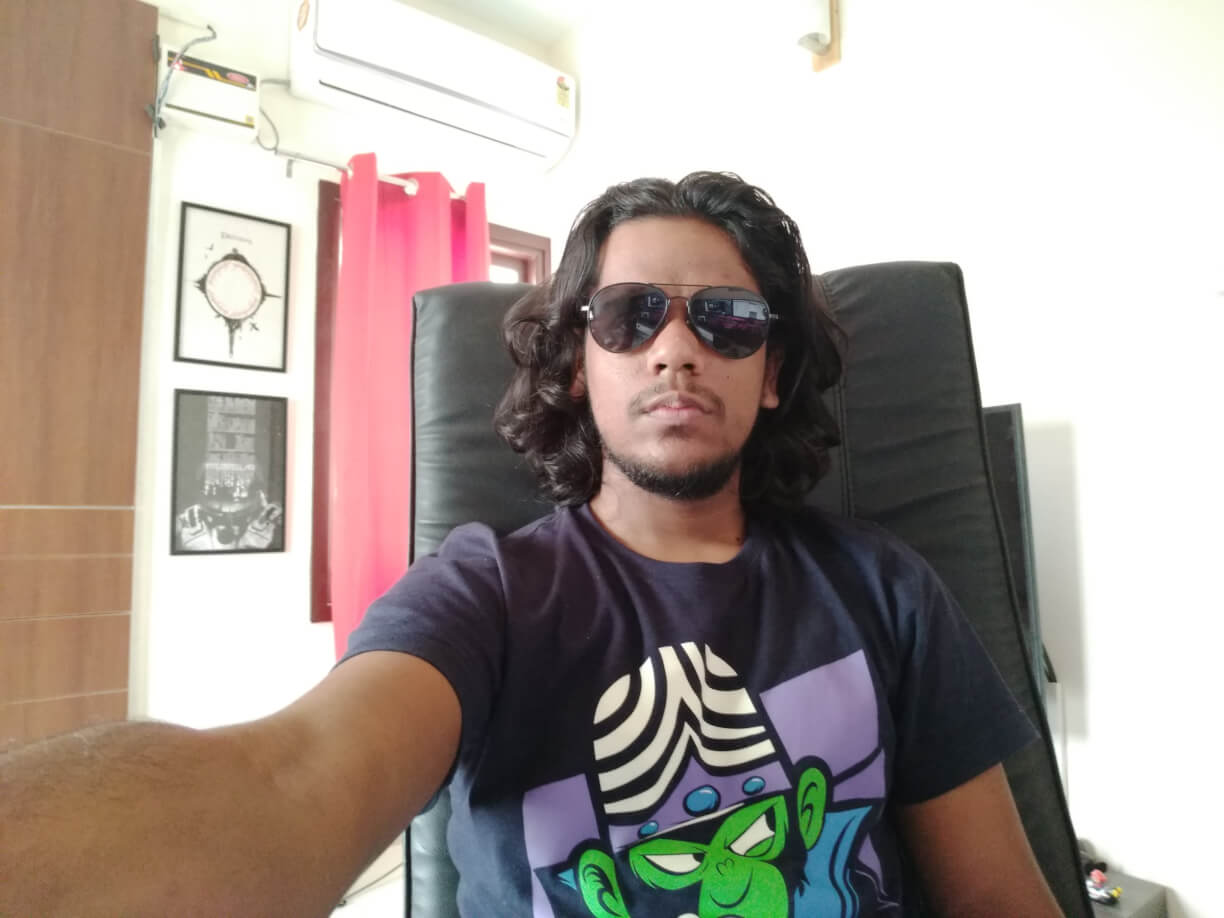
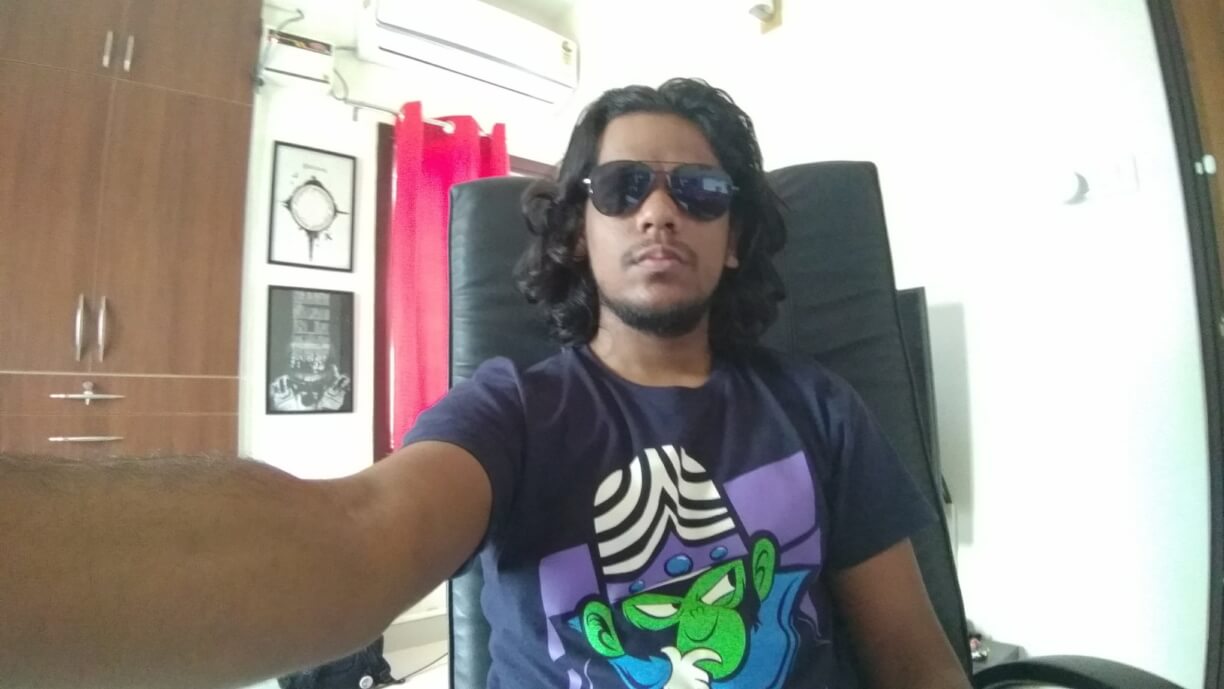
Coming to the primary camera, the phone has a 16 MP f/2.0 camera with flash. There’s nothing special about it. Both the cameras work well in both well lit and low light conditions.
Using the phone for the first time, I was surprised a how light the phone was. I did some googling and found that it has a ‘Metallic Finish’ body. The body is not metal like other phones, but plastic with a metallic finish on it. It is clever since it feels like metal on other phones. This light body makes it super easy for one-handed use and while taking selfies.
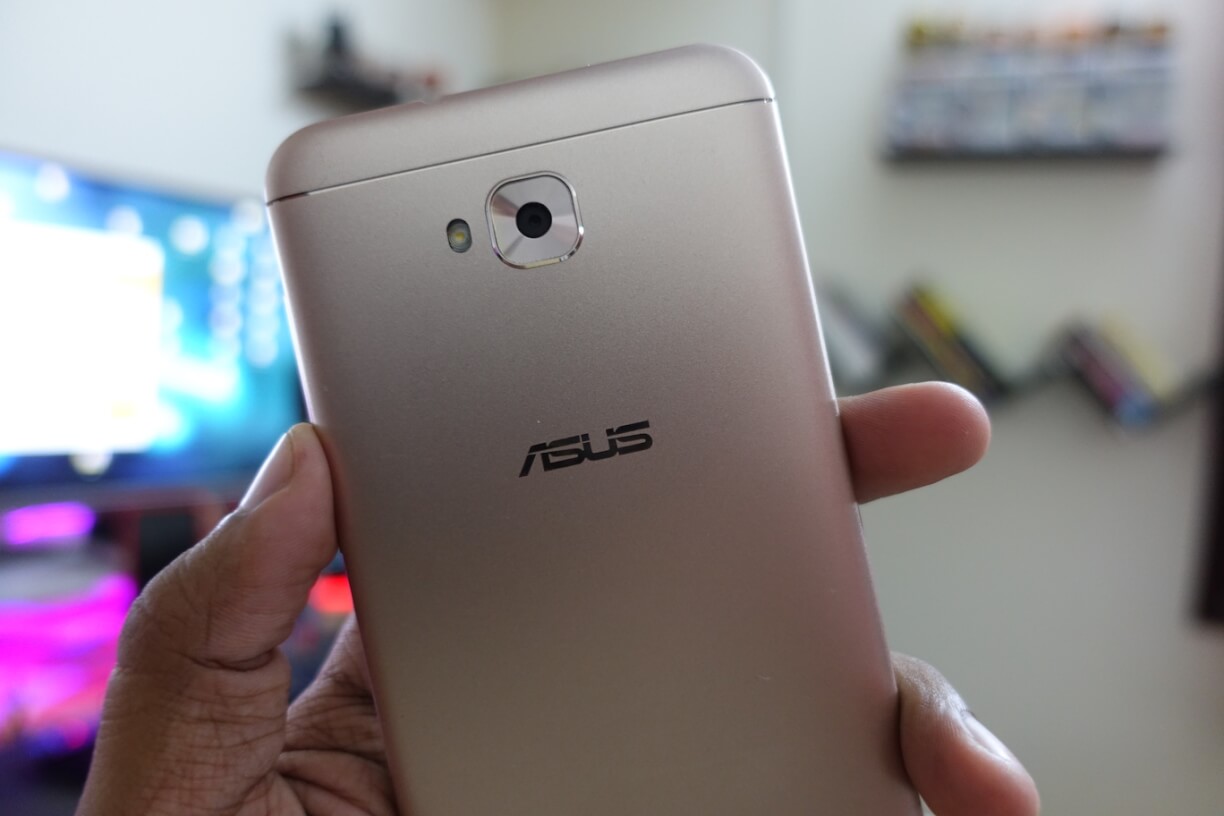
The phone has a 5.5 inch IPS display with a 2.5D Curved glass. But the resolution of the phone is 1280 x 720 Pixels. Though the lower resolution is good on the battery, it is not the best display out there. It has capacitive buttons on the bottom along with a fingerprint sensor. Yes, this is one of the last remaining rare phones which will come with a fingerprint sensor on the front.
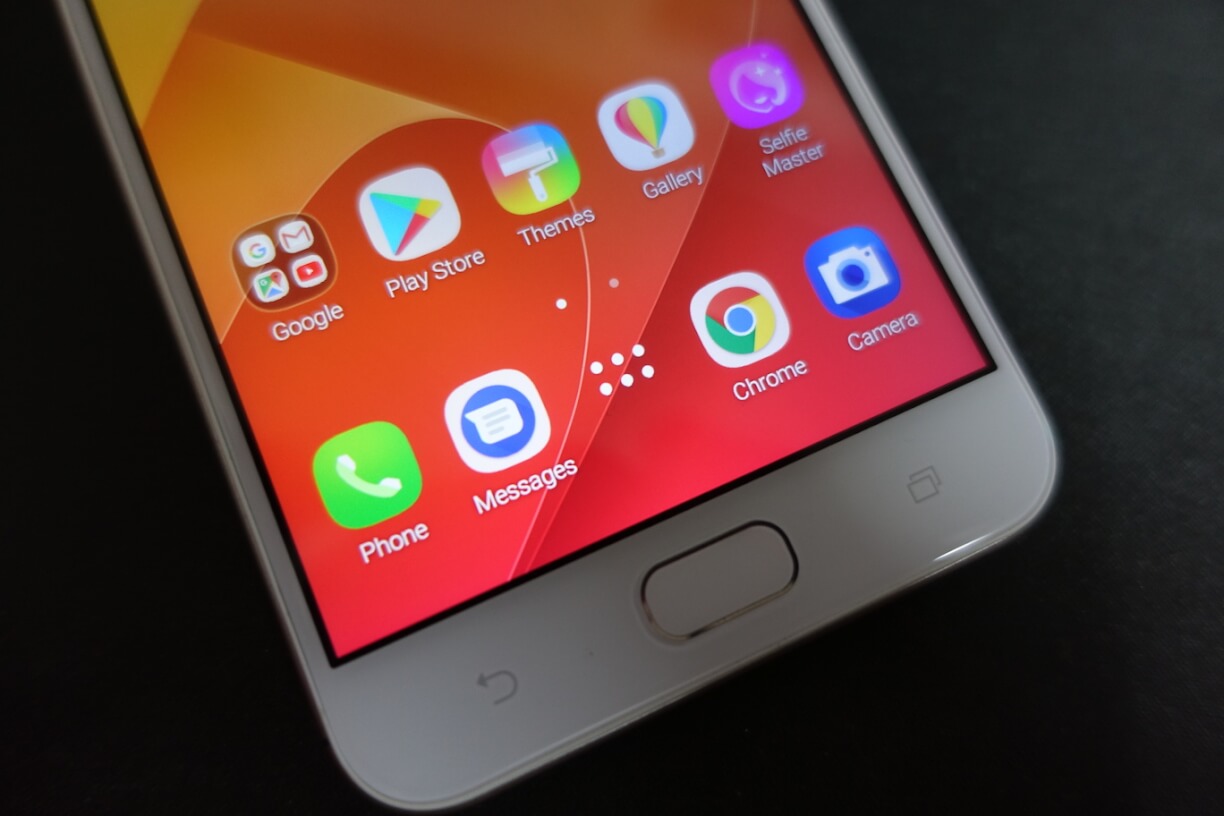
On the internal side, the phone runs on an Octa-Core Qualcomm Snapdragon 430 Processor. It has 4GB RAM and 64GB ROM which is expandable by up to 2TB via MicroSD. On the performance side, the phone did pretty well. The processor was capable of handling intense tasks without any issues and did not heat up, thanks to the plastic body. Zenfone 4 Selfie is a Dual-SIM phone which supports 2 Nano SIMs at the same time with VoLTE. Also, it does not have a Hybrid SIM Tray. You can have two SIM cards and a Micro-SD card at the same time.
Coming to the battery, Zenfone 4 Selfie has a 3,000 mAh non-removable battery. The phone has an average battery life with heavy usage. It lasts about 5 hours with heavy usage. With mixed usage though, it should last you a day. For charging, it makes use of Micro USB and does not support fast charging. It takes about 2.5 hours to charge the phone completely.
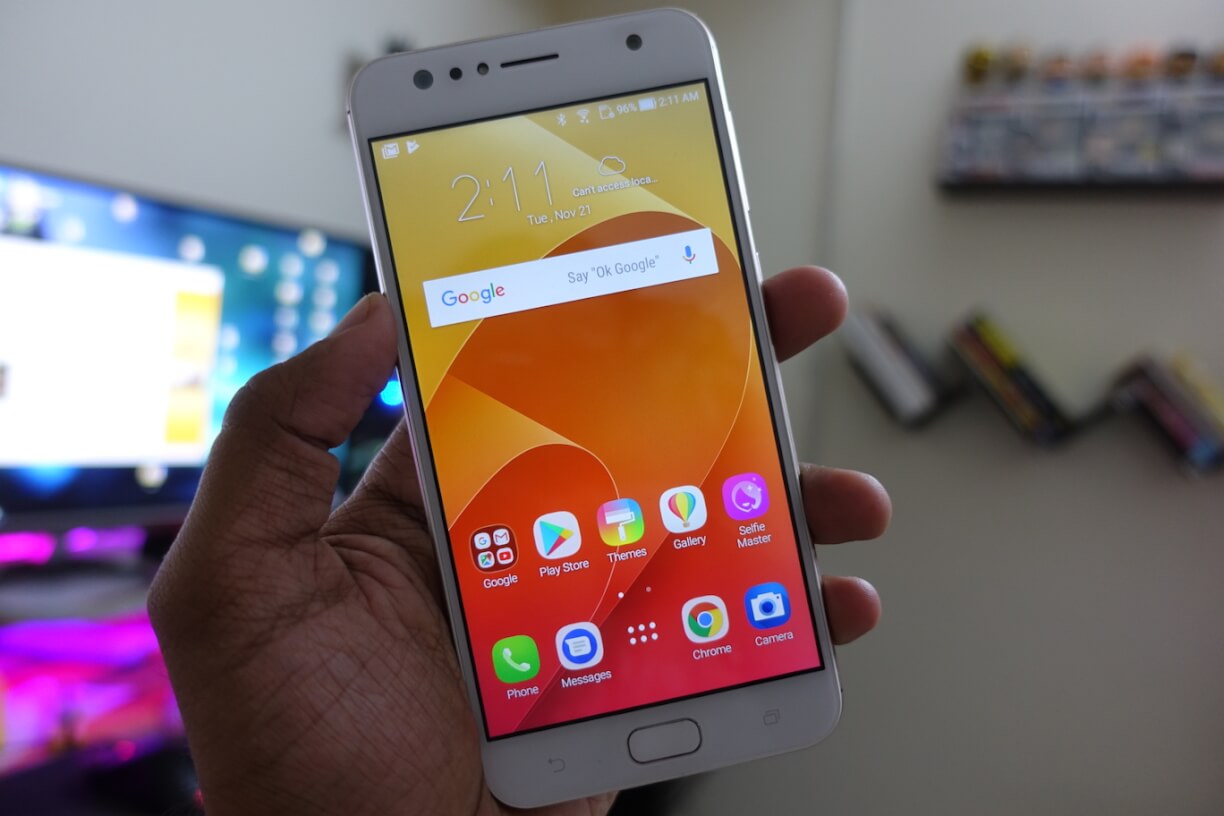
On the software side, Zenfone 4 Selfie runs on Asus’s custom ROM ZenUI 4.0 which is based on Android Nougat. This is still a downside of Zenfone phones. ZenUI has gotten better over time, but they still consume resources which could have otherwise been used for other services. ZenUI has gotten a lot cleaner and faster. But it cannot match with the efficiency of Stock Android.
Zenfone 4 Selfie Dual is very different any other phone I’ve used. This phone is made for one purpose: To take selfies and it does that brilliantly. Zenfone 4 Selfie Dual is priced at Rs. 15,000 and comes in three different colours: Black, Gold and Rose Pink. If you’re into taking selfies, this is the phone to get as it is way better than other Chinese phones which offer dual front-camera. But if you’re not into selfies, this is not the phone for you.

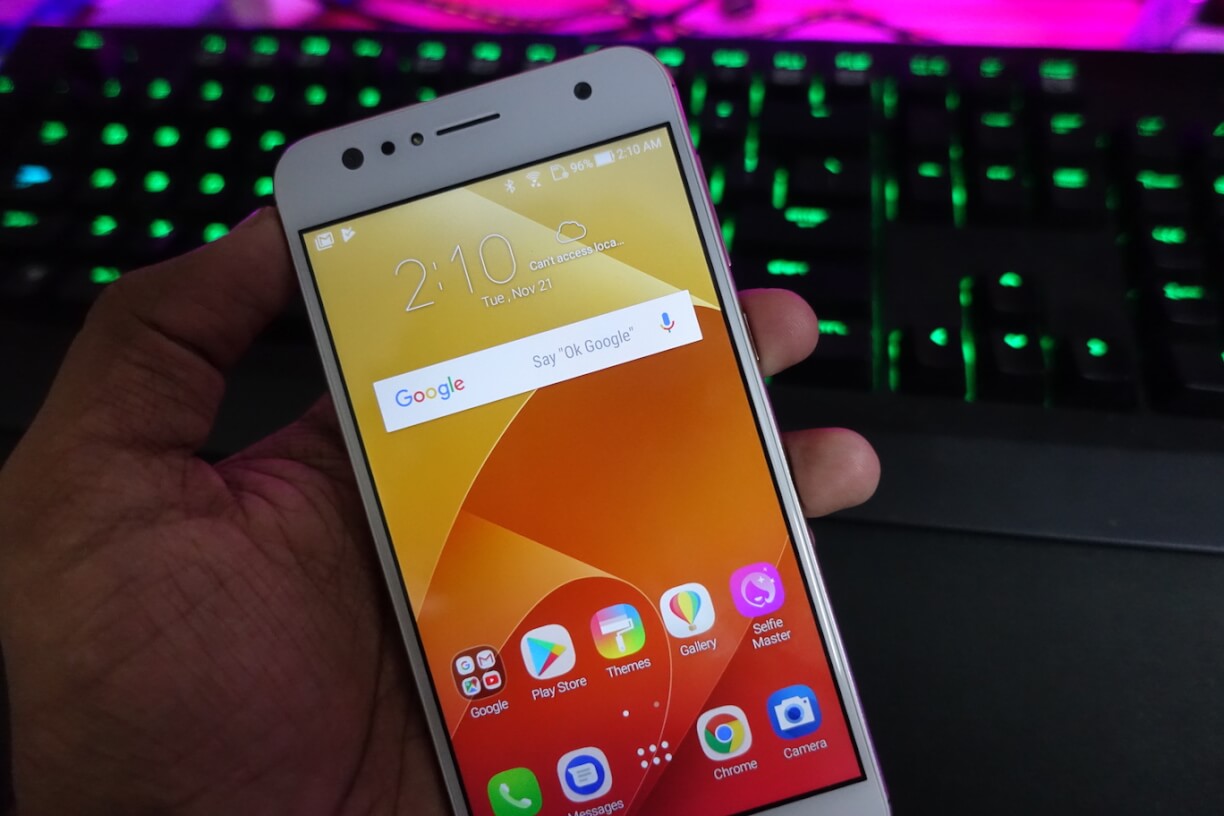
Leave a Reply